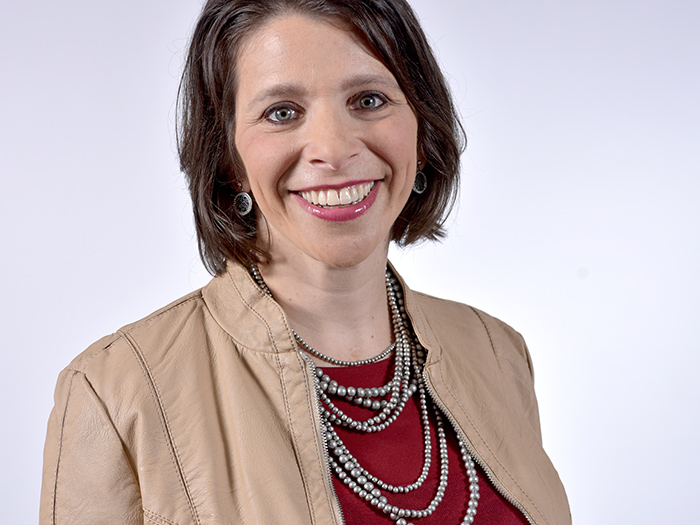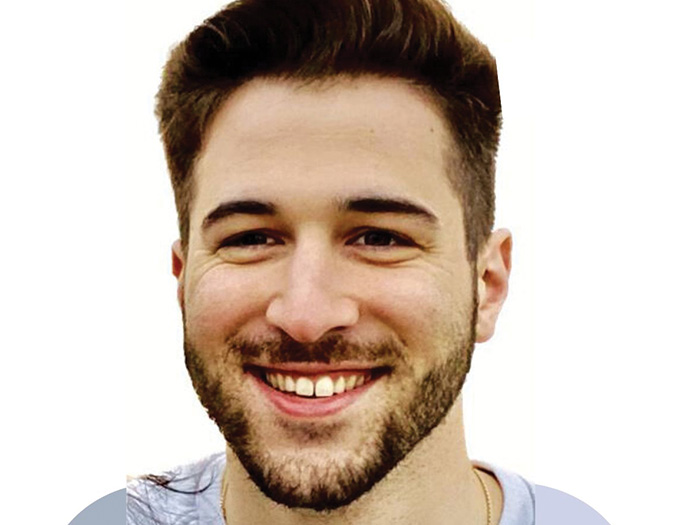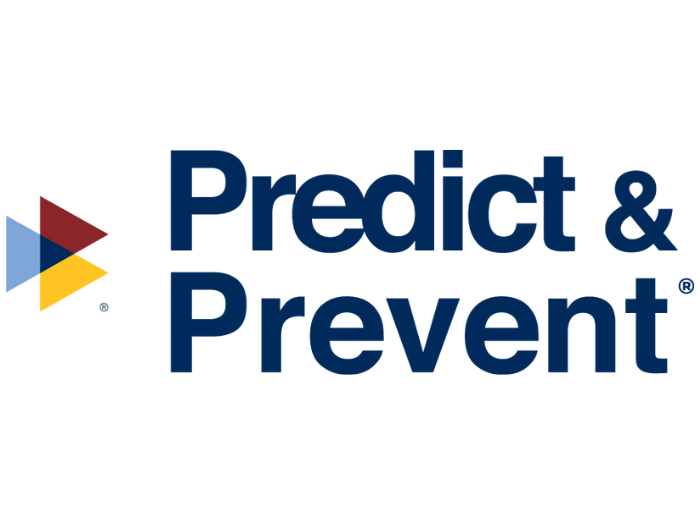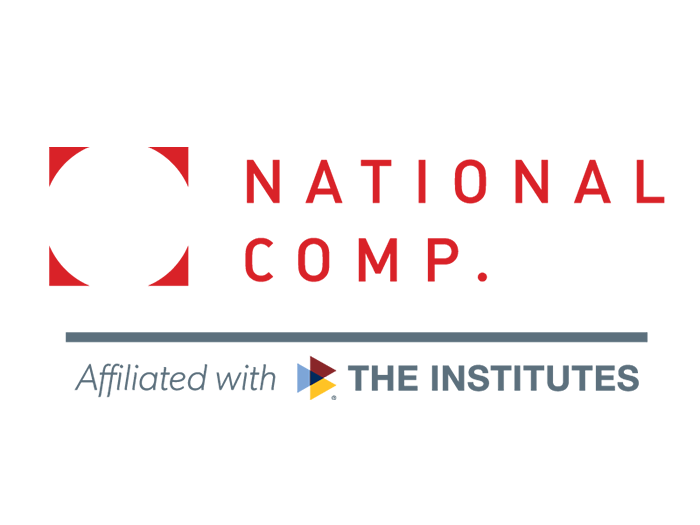The Insurance Communicators: 7 Questions for Cybil Rose, Vice President of KemperLesnik Public Relations

The professionals that focus on communications, public relations and marketing in the insurance industry perform a vital function. They’re the ones that build needed bridges between the industry, the media, policyholders and other key players.
It’s possible that insurance will never be fully understood by significant portions of the public and private sectors. But that doesn’t mean these communications professionals don’t keep trying!
In this series from Risk & Insurance®, we’ll be interviewing public relations and media relations professionals who have spent a significant portion of their professional lives in the insurance space. The goal of the series is to give the industry and the world at large a better idea of the important work these professionals do.
In this installment, we talk to Cybil Rose, vice president, KemperLesnik, whose clients over the years have included Aon, HUB and CAC Specialty.
Risk & Insurance: If you can remember, what was your first job in the communications profession?
Cybil Rose: My first job was in television news. I worked behind the scenes as a news producer, helping to decide which stories the station should cover and doing a lot of writing.
I was never on camera or wanted to be an anchor. I liked being behind the scenes, orchestrating the news. So that then became a natural transition to public relations, as I continue to be behind the scenes.
I worked at stations in Kentucky, Florida, Missouri and eventually with the Tribune Broadcasting Company in Chicago. I worked all shifts, was nominated for an Emmy, and saw way too much tragedy.
R&I: How did you end up in insurance media and public relations?
CR: Just like everyone else: I fell into the world of insurance and ended up falling in love with it.
R&I: When you think about narrative and how the industry tells its story, where do you think the industry could do a better job?
CR: The term “insurance” doesn’t set us up very well. Rather, using the term “risk management,” as that encompasses so much, would be a great start. I also believe the industry, overall, is in the weeds. I try to bring color to it so people can connect the dots.
I’ll give you an example. I had a client whose title was something along the lines of agriculture account executive. But they worked with wineries. So I rebranded them as a vineyard practice leader.
That’s a simple switch. But that’s what can bring stories to life — through color, not jargon.
R&I: What mistakes do you see insurance sector companies making in trying to get their message out effectively?
CR: One of the biggest mistakes is failing to speak simply and clearly. Being clear and direct is not dumbing it down. It’s just a better form of delivery, something that people can understand.
It’s being human. Take life insurance: It’s about death and money. Money and death are two things that most people don’t want to talk about. So rather than avoid that awkwardness, at KemperLesnik we created a campaign called “Let’s Get Awkward” for one of our clients.
We created a quiz that showcased people’s strengths based on how they deal with an awkward situation. So what I’m trying to say is, be human; talk like you want to talk to people.
The last one would be creativity, maybe with milestone moments like making these moments relatable and/or interesting. We’re helping the industry by celebrating those moments.
R&I: What separates a really good public relations professional from somebody who is merely competent?
CR: A great PR person understands the client and understands the topic.
When my team and I saw the I-95 collapse in Philadelphia, our first thought went into infrastructure risk and what our clients could speak to.
Or when I see a Nat CAT happening, I consider how it impacts my clients and what type of thought leadership they can add to a story that would help position them ahead of the news.
I’ll say a few more things. It’s about not being a “yes” person. A PR person who only says yes is not going to be delivering anything of value to the media or providing strategic counsel. We have a lot of good thoughts, so let’s help shape the conversation in a positive way.
It’s also about pushing to uncover the real story. Or pushing to find a real story. Sometimes, the story that comes to you is not the right way to tell the story. You have to dissect it and push it to find the valuable parts of it.
R&I: What advice would you give to a young communications or marketing grad about how to be a success in this industry?
CR: My first piece of advice would be to try it. When you go into this field, you can make a really big impact. There’s a moment in time when you see something happening and you can relate it to what you do, or what your client does, and it feels great.
Going back to that freeway collapse: You see something and you can actually add to that story by helping people by giving information that’s really important.
Or perhaps a football game or a concert is canceled. There are insurance covers for that, and because of your position, you’re able to take part in very animated conversations on the day of the event.
R&I: When you look back at what you’ve done, what’s given you the most satisfaction?
CR: It’s Power Broker — and I am being 100% honest here. Why? People love to win it, and it allows me to get to know the brokers on a more personal level.
It crystalizes for me that we are here to help people, and we actually make a difference. &










